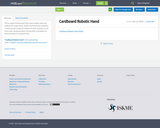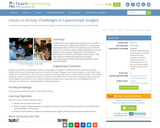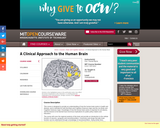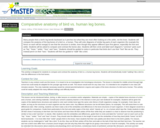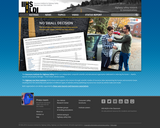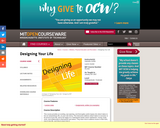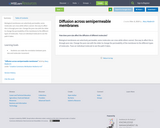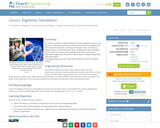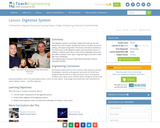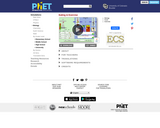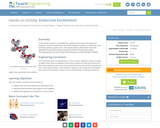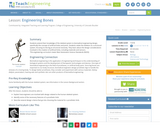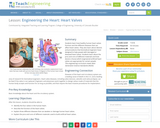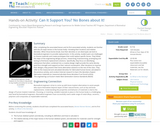
After completing the associated lesson and its first associated activity, students are familiar with the 20 major bones in the human body knowing their locations and relative densities. When those bones break, lose their densities or are destroyed, we look to biomedical engineers to provide replacements. In this activity, student pairs are challenged to choose materials and create prototypes that could replace specific bones. They follow the steps of the engineering design process, researching, brainstorming, prototyping and testing to find bone replacement solutions. Specifically, they focus on identifying substances that when combined into a creative design might provide the same density (and thus strength and support) as their natural counterparts. After iterations to improve their designs, they present their bone alternative solutions to the rest of the class. They refer to the measured and calculated densities for fabricated human bones calculated in the previous activity, and conduct Internet research to learn the densities of given fabrication materials (or measure/calculate those densities if not found online).
- Subject:
- Anatomy/Physiology
- Career and Technical Education
- Life Science
- Technology and Engineering
- Material Type:
- Activity/Lab
- Provider:
- TeachEngineering
- Provider Set:
- TeachEngineering NGSS Aligned Resources
- Author:
- Inquiry-Based Bioengineering Research and Design Experiences for Middle-School Teachers RET Program, Department of Biomedical Engineering, Worcester Polytechnic Institute,
- Michelle Gallagher, Terri Camesano, Jeanne Hubelbank, Kristen Billiar
- Date Added:
- 10/14/2015
